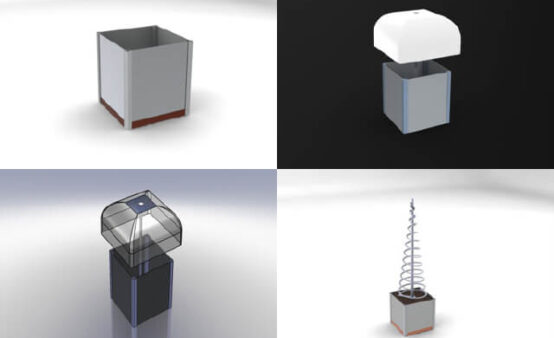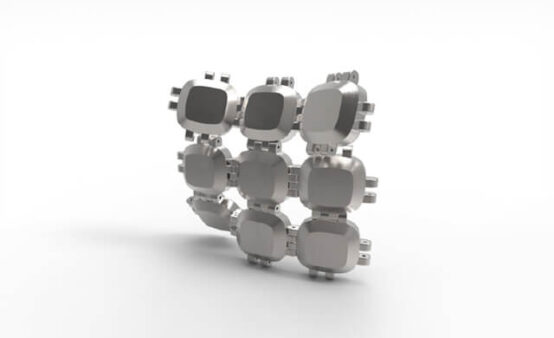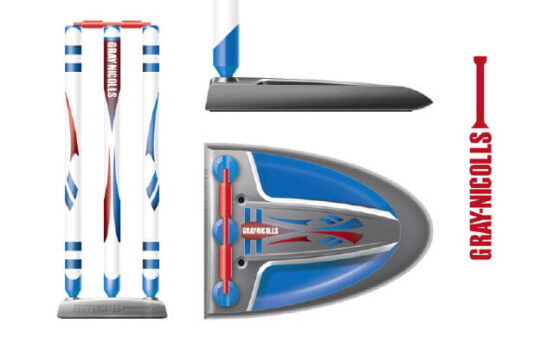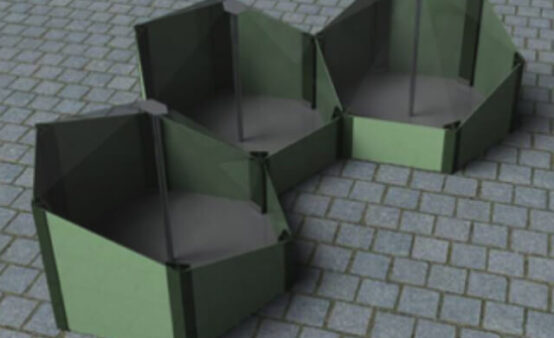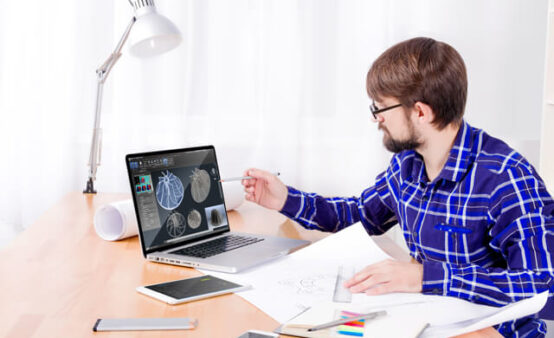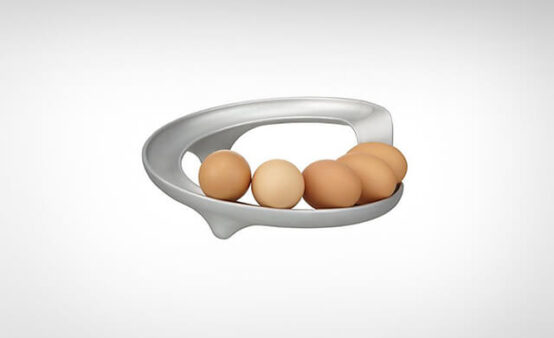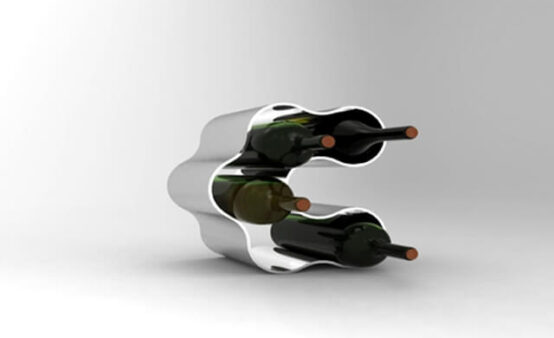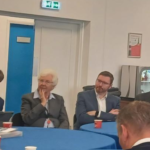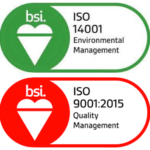Hallam Castings recognises the importance of the product design and development process from concept stage to product launch and through the product lifecycle.
Take a look at some of our recent Product Design Projects…
The product design process structure
Hallam Castings adopts the “double diamond” design process model as developed through in-house research at the Design Council in 2005.
The product design and development consultancy stage can be divided into four distinct phases, Discover, Define, Develop and Deliver, it maps the divergent and convergent stages of the design process, showing the different modes of thinking that designers use.
The first quarter of the double diamond model marks the start of the project. This begins with an initial idea or inspiration, often sourced from a discovery phase in which user needs are identified through, inter alia:-
- Market research
- User research
- Managing information
The start of a product design project is marked by an initial idea or inspiration, often sourced from the Discover phase.
The objective of the Discover stage is to act as a ‘phase of divergent thought’, where the product designers and other project team members keep their perspectives wide to allow for a broad range of ideas and influences. In this stage of the design process, the company is asking a question, posing a hypothesis or identifying a problem by analysing market data, trends and other information sources.
In practice an element of discovery takes place throughout the product design process, aimed at taking into account new information, user needs, competitive contexts or challenges that arise as the project progresses.
The second quarter of the double diamond model is the definition stage, in which interpretation and alignment of user needs to business objectives is achieved. Key activities during this phase are:-
- Project development
- Project management
- Project sign-off
Define is a “filtering” stage where the review, selection and discarding of ideas takes place. This is where findings from the Discover stage are analysed, defined and refined as problems, and ideas for solutions are pitched and prototyped.
At the Define stage, a combination of the ideas or directions identified during the Discover stage are analysed and synthesised into a brief with actionable tasks related to new and existing product development.
The third quarter of the process marks a period of product development where design-led solutions are developed, iterated and tested. Key objectives during the Develop stage are:-
- Multi-disciplinary working
- Visual management
- Use of appropriate development and testing methods
At the product development stage, the project has been taken through a formal sign-off, which has given the corporate and financial backing to the development of one or more concepts that have addressed the initial problem.
During the Develop stage, the product design team, either together with key internal partners (such as engineers, developers, programmers, and marketing teams) or via external design agencies, refine one or more product concepts that will address the problems or issues identified during the Discover and Define stages.
Product design & development methods used here include creative techniques and methods such as brainstorming, visualisation, prototyping, product development and testing scenarios. The methods and working processes are in many cases similar to those during the Define stage, but are this time focused on bringing the product design to fruition.
At the end of the Develop stage, the design process will have brought the product development team to a stage where the product or service is ready for delivery to production.
The final quarter of the process is when the product is finalised and launched into the relevant market. Key activities in this phase are:-
- Final product testing and approval in-house
- Product launch
- Setting of performance targets
- Evaluation from feedback loops.
The Deliver stage of the double diamond design process is where the final concept is taken through final testing, signed-off, manufactured and launched.
It will result in a product or service that successfully addresses the problem identified during the Discover stage. It will also include processes for feeding back lessons from the full design process to inform future projects, including methods, ways of working and relevant information.
Contact us to learn more about how we can help with your Product Design Project…
Design that makes products competitive
Good design has helped Hallam Castings consultancy customers respond better to common business challenges and helps businesses to:-
- Make products more competitive. It keeps production costs down but allows higher end-user pricing.
- Keeps users happy, encouraging loyalty and leading to the recommendation of products to other end users and other businesses.
- Develop the power of the brand. A strong brand identity encourages end-users to trust existing products and to try new ones.
Hallam Castings consultancy arm has worked with a wide range of independent designers or customer design staff in developing new products from the concept stage.
The diversity of the product design and development projects on which Hallam Castings has been engaged is spectacular, with concepts ranging from industrial floodlighting systems to garden hardware and sports equipment.
Case studies
If you would like to view any of our case studies click below.


